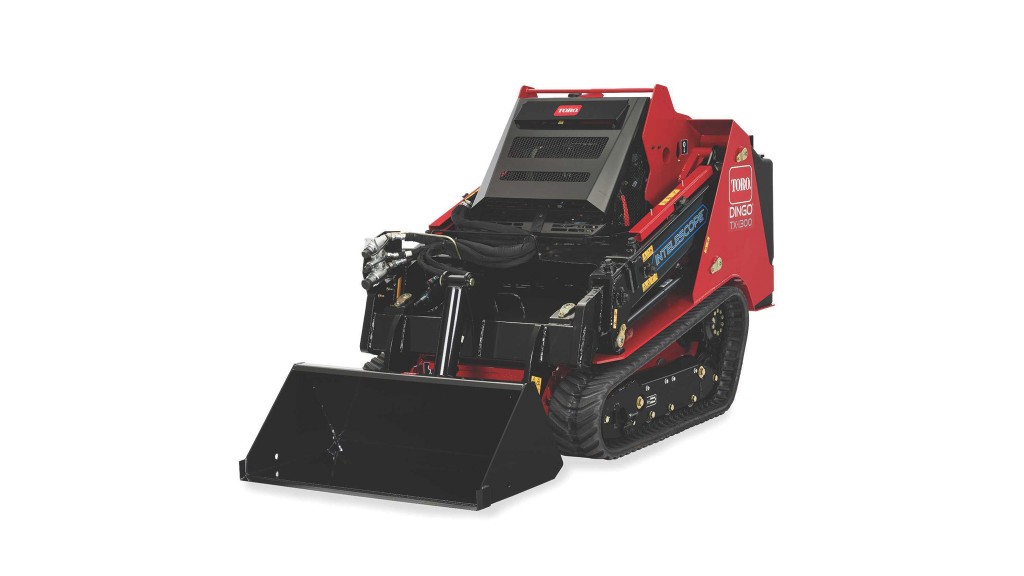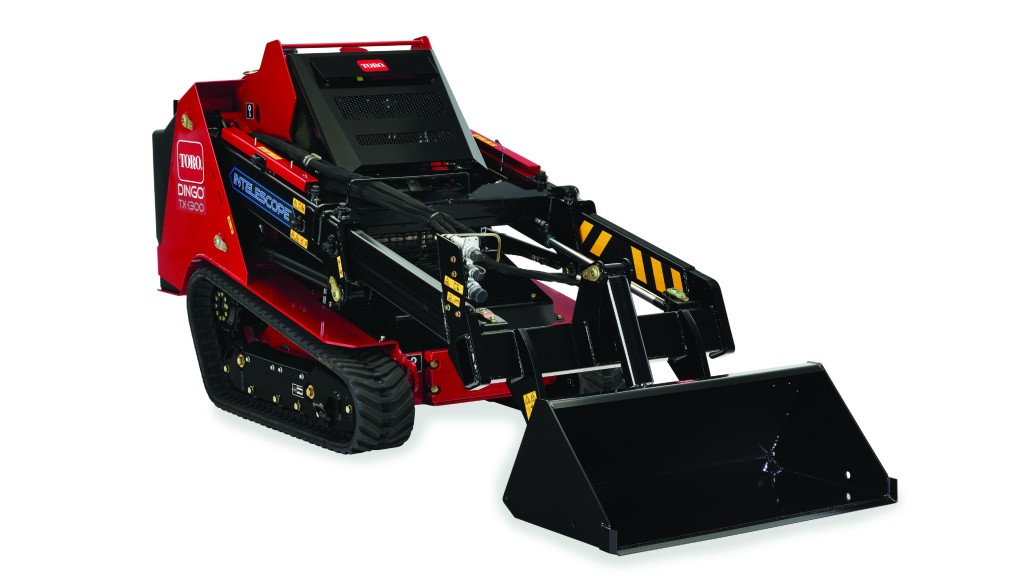
For many contractors, winter is one of the most challenging seasons. Dropping temperatures, frozen ground, plus snow and ice cover all translate to extra steps on the job site. Compact Utility Loaders (CULs) are versatile machines increasingly found on many job sites, and when equipped with the right attachments, CULs can be particularly useful in the winter. CULs can use blades and buckets to quickly remove snow or easily spread salt, and the machines' maneuverability and compact size prove particularly helpful for these applications.
However, cold weather can cause issues with starting equipment, machine performance, and more. But, with a little bit of know-how, many of these potential problems can be avoided.
How to optimize the operation of your CUL in winter conditions
Start well
When starting an engine in cold conditions, running at mid-throttle for two to five minutes before increasing to high throttle can be helpful. If the outdoor temperature is below freezing and there is access to a garage or other building, store the machine there to keep it warmer and aid in starting. Never run an engine in an enclosed area.
Run at the right speed
When a hydraulic system is cold – meaning the air temperature is at or below freezing – running the engine at high speeds could damage the hydraulic system.
Use the correct fuel
Using an improper fuel grade in the machine may result in engine failure, or the engine may start but not continue running. Using clean, fresh (within 180 days of purchase) diesel and biodiesel fuel is important for optimal performance. Most machines also benefit from ultra-low sulfur content and cetane ratings of 50 and higher. Around mid-September, winter-blend gasoline and diesel fuels are delivered to fuel stations. When temperatures reach around 32 degrees Fahrenheit and colder, diesel fuel is susceptible to gel. Additionally, there are options for fuel additives for diesel fuel to lower the fuel gel point and raise the cetane to improve the ignition point for enhanced cold starting. At lower temperatures, winter-grade fuel provides a lower flash point and cold flow characteristics which aid in starting and reduce filter plugging.
Protect your charge
Keeping the CUL's battery fully charged is especially important to prevent battery damage when the temperature is below freezing. It's also recommended to ensure the charger doesn't get wet and keep it protected from rain and snow. With lithium-ion batteries, electric machines can discharge at a quicker rate in temperatures around 32 degrees Fahrenheit, and it can lower the runtime. Additionally, there are temperature sensors in electric CULs that may prevent the motor from starting until the temperature is above the threshold or above 0 degrees Fahrenheit.
Become familiar with all controls
By understanding the controls before starting the machine, operator errors are minimized – as is time spent in the cold.
Dan Roberts is a senior technical representative with Toro.



